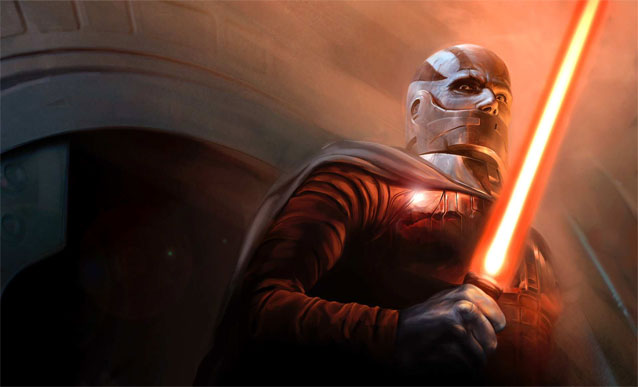


The mage of the Inquisition has a pretty incredible range. Which is both a good and a bad thing. Click that left mouse button at the wrong time and you may be starting a fight you can’t finish. Conversely, after those in the immediate vicinity are scorched/frozen/shocked to your satisfaction you need to be prepared to engage other enemies.
That is why, Serviceman Chung, we do no-err, wrong trilogy. Anyways, the mage is capable of nailing targets that you might not expect to be in range. Always keep an eye on the battlefield for that little target marker. Something that isn’t always visible in tactical mode.

Longtime fans of the Dragon Age series might have some issues with the new combat system. It’s action-y. It’s fast. It’s also tactical. But more than anything, it demands your absolute attention as a Mage. Sure, every character has to click or tap ‘R’ to attack, but few characters have the spells and abilities of the mage.
The mage clicks one of his spells. He fires off the spell or, in some cases, the game pauses and a target is acquired (think Barrier). Then the animation plays out. Now, in the last couple games this would be where the mage would finish up, observe his or her handiwork, and continue his magical assault.
But in Dragon Age: Inquisition they’ll just stand there observing if you don’t remind them everyone’s not dead yet. Keep that trigger finger ready.

Remember the tizzy about how Dragon Age: Inquisition would neither include healing spells nor regenerating health? That there would be “other ways” to manage health? Well, for the mage, the Barrier spell is a no-brainer. Even if your mage doesn’t pursue the Spirit path, this spell needs to be in their repertoire.
And if your mage does go down the Spirit tree, the Barrier spell gets some incredible benefits. If you plan to be the only mage in the party, this spell is essential. Check your barriers, and keep your party alive.

Do you like burning your enemies? How ’bout freezing them? Maybe shocking them into inaction? And of course, elemental combos are cool too. But sometimes slinging one staff bolt at a time doesn’t cut it. Maybe your mage doesn’t have any ranks in the fire tree! So bust out this move.
Energy Bombardment takes whatever staff you have and sends forth 12 homing blasts from it that are guaranteed to hit. The elemental effect even gets added. Got a fire staff? Burn, baby, burn. Cold staff? I’ll refrain from making the obvious Frozen joke. It’s almost a surefire way to get that condition going for a combo, and it’s early on in the Storm path. Grab it, learn it, live it, love it.

With the absence of healing spells the mage’s role has actually become even more vital. The warrior can take the aggro, the rogue can pick enemies apart, but the mage is the shield. Barrier adds a health bar. Cold and fire spells remove enemies from combat entirely. And their passive abilities wreak havoc.
It’s not enough to sit in the back of the formation and sling lightning bolts and fireballs. While those spells exist, their tactical efficacy depends on the mage’s ability to work with the battle. Lightning now does more damage in a crowd. Base fire spells cause panic, but don’t damage the enemy or they’re back in the fight. Playing the mage is a much more active role. Make sure your mage is equipped to handle the various scenarios.

There will obviously come a time when you want to try out a new spell set without starting a new character. Enter the amulets of the Tactician’s Renewal. One use of these and you’re refunded your skill points. It’s a quick and easy way to reset your skill tree just in case you’re not liking how your Inquisition mage turned out.

Want more magic? Need more mana? Well, no more stacking points in attributes. If you want to jack your key stats, you have to pick the right abilities. For a mage, that means going down certain skill trees you may not want to visit. But if you want your barriers to be stronger or your reserves of mana to be deeper, you may have to sacrifice a brand-new spell for a passive ability.




 Fallout 4: Semper Invicta walkthrough
Fallout 4: Semper Invicta walkthrough Dont Starve: Beta Impressions
Dont Starve: Beta Impressions Microsoft Excel + Power BI = Data Analysis Bliss
Microsoft Excel + Power BI = Data Analysis Bliss Until Dawn Guidance Totem Location Guide
Until Dawn Guidance Totem Location Guide Five RPG Remakes We Want To See On PS3
Five RPG Remakes We Want To See On PS3